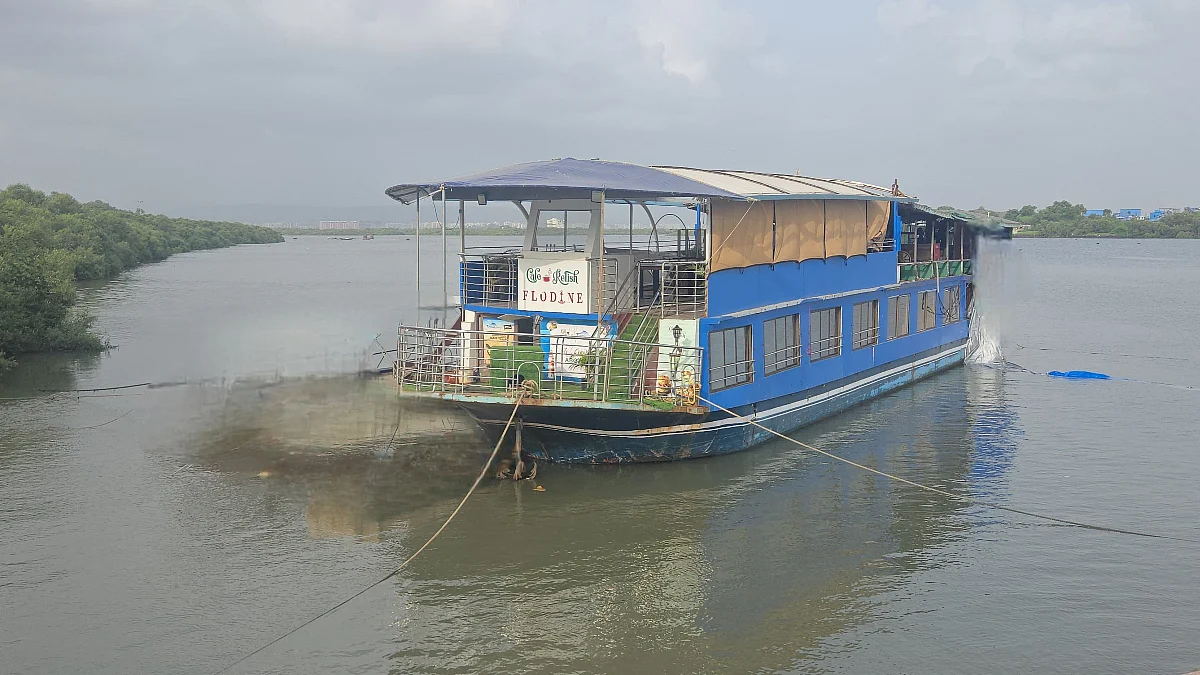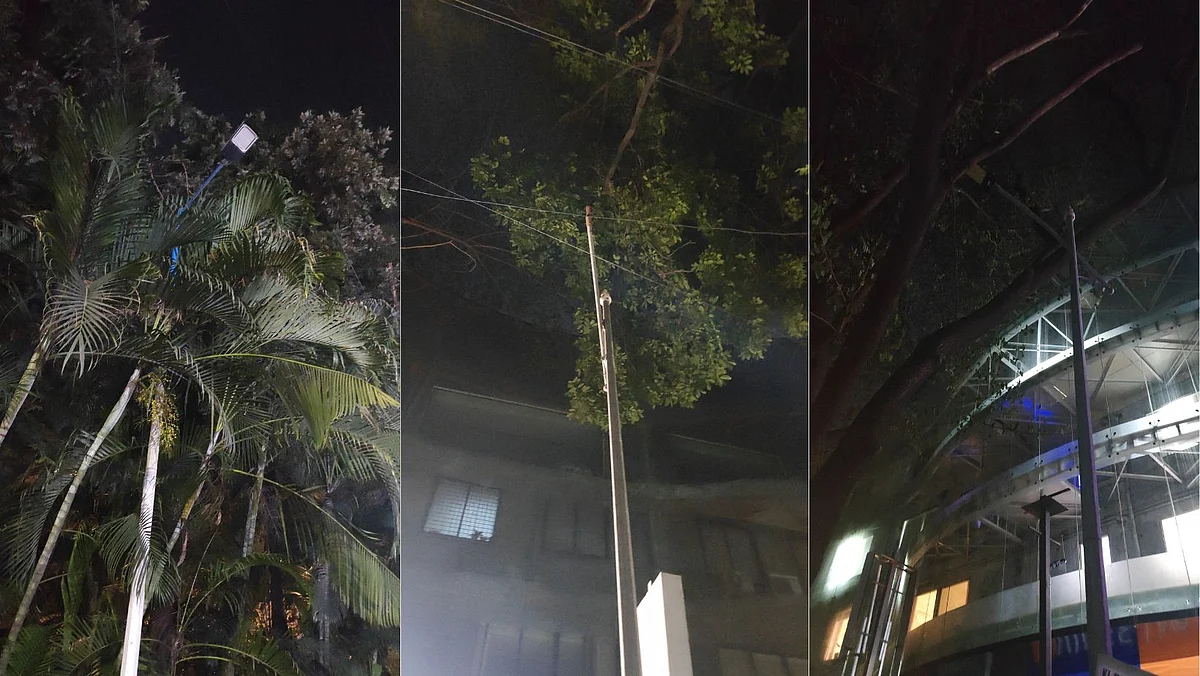Beijing: China's national observatory on Saturday issued a yellow alert for Typhoon Wipha as the sixth typhoon of the year is expected to bring strong winds and heavy rain to the southern coastal regions of the country.
The typhoon, observed at 19.9 degrees north latitude and 120.2 degrees east longitude at 5 am. Saturday, is moving northwestward at a speed of 15-20 km per hour, according to the National Meteorological Centre.
It is anticipated to make landfall along the coastal areas from Shenzhen City in south China's Guangdong Province to Wenchang City in Hainan Province during the afternoon or evening on Sunday, the meteorological centre said.

China has a four-tier, color-coded weather warning system for typhoons, with red representing the most severe warning, followed by orange, yellow, and blue, Xinhua news agency reported.
Authorities have mobilised a comprehensive emergency response, deploying rescue vessels, anti-pollution ships, and helicopters on standby, with all efforts focused on safeguarding coastal communities and ensuring the safety of nearby residents.
Earlier on July 9, Typhoon Danas — the fourth typhoon of the year — made its third landfall in the coastal area of Ruian City, in east China’s Zhejiang Province.
This landfall followed Danas’ initial strike in Taiwan early on July 7, and its second landfall in Dongtou District of Wenzhou, also in Zhejiang, on July 8.

Last month, multiple Chinese authorities had convened to implement precautionary measures in anticipation of Typhoon Wutip, which was expected to bring heavy rainfall to the southern regions of the country.
Wutip—the first typhoon of the year—made its first landfall in Dongfang City in south China’s island province of Hainan on June 13.
Due to the heavy rainfall triggered by the typhoon, the Ministry of Water Resources had activated a Level-IV emergency response to flooding in Zhejiang Province along China’s eastern coast. The ministry had also urged local authorities to closely monitor weather conditions and effectively utilise water conservancy infrastructure to protect lives and property.
(Except for the headline, this article has not been edited by FPJ's editorial team and is auto-generated from an agency feed.)










